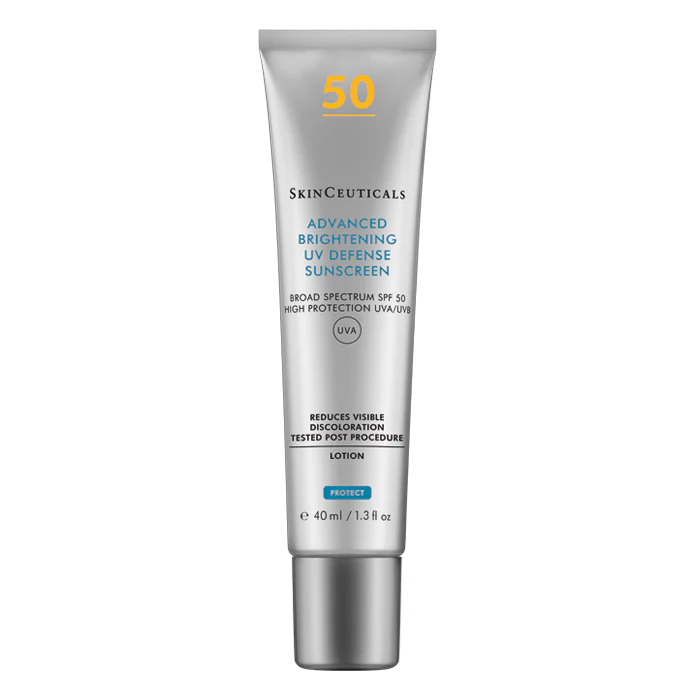For years, scientific research on environmental causes of skin aging has focused solely on the role UV radiation plays. But, according to recent studies, ozone pollution is quickly becoming one of the most widespread threats—not just to human respiratory health, but also to our skin. Overexposure to pollution has been shown to contribute to signs of premature aging by as much as 39%.
But what is ozone anyway, and how exactly does it wreak havoc on our skin? Here are 5 things you need to know.
- Ozone can be good or bad.
Ozone (O3) is a colourless, highly reactive gas. When we talk about ozone, it is important to note that there are two forms of ozone that can be good or bad, depending on where it is found.
“Good ozone” occurs naturally in the Earth’s upper atmosphere, where it forms a protective layer that shields us from the sun’s harmful ultraviolet rays. This is called the stratospheric ozone, or what we normally call the ozone layer. Tropospheric ozone, also referred to as “bad ozone,” occurs at ground level and is man-made.
- Bad ozone is man-made and is carcinogenic.
Tropospheric ozone is created when pollutants emitted by cars, power plants, industrial boilers, refineries, chemical plants and other sources react chemically with sunlight. Ozone at ground level is a carcinogen; it aggressively attacks respiratory tissue on contact.
- We’re all exposed to it, not just those who live in the city.
Just because you don’t live in the big city doesn’t mean you’re exempt. Although ozone pollution is formed mainly in urban areas, it can be present in rural areas due to air flow from motor vehicles -man -made chemicals like household products, pesticides and cigarette smoke can contribute as well. Like the air that we breathe, ozone pollution surrounds us 24 hours a day.
- Ozone pollution damages the skin in many ways—and it shows not just in the form of fine lines and wrinkles. Like UV and IR light, ground-level ozone induces oxidative stress, damaging cellular structures—proteins and lipids—in the stratum corneum. But more than that, existing research also suggests that ozone depletes natural antioxidants on the skin, such as vitamins C & E. As we know, antioxidants neutralise free-radical damage and oxidation that lead to collagen and other protein damage. With depleted levels of antioxidants, skin is less able to defend itself from environmental aggression.
In short, ozone pollution triggers an inflammatory cascade that damages deeper within skin. You’ll see this as lines and wrinkles that appear prematurely as well as excessive oiliness, rough texture and increased sensitivity.
- Sunscreen is no longer enough to protect your skin.
If you aren’t using a topical antioxidant yet, consider SkinCeuticals antioxidants. Our research proves—in vitro and in vivo—that C E Ferulic and Phloretin CF neutralise age-accelerating free radicals to work against skin aging caused by exposure to ozone pollution. When paired with SkinCeuticals broad-spectrum sunscreens, both antioxidants provide the most potent protection against visible aging caused by exposure to ozone pollution and UVA/UVB rays. Choose your perfect pair below:
If You Have Normal or Dry Skin
AM: SkinCeuticals C E Ferulic + SkinCeuticals Ultra 50 UVA/UVB Protection.
PM: SkinCeuticals Resveratrol B E
If You Have Oily or Combination Skin
AM: SkinCeuticals Phloretin CF + SkinCeuticals Physical Matte UV Défense
PM: SkinCeuticals Resveratrol B E
If You Have Sensitive Skin
AM: SkinCeuticals Phloretin CF + Ultra 50.
PM: SkinCeuticals Resveratrol B E
https://www.nualawoulfe.ie/collections/skinceuticals




















































